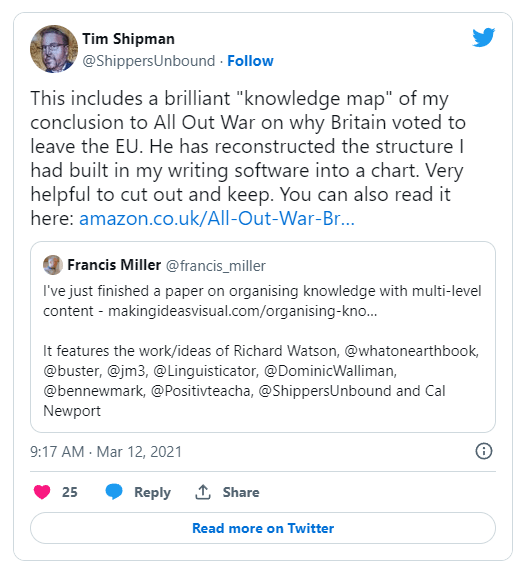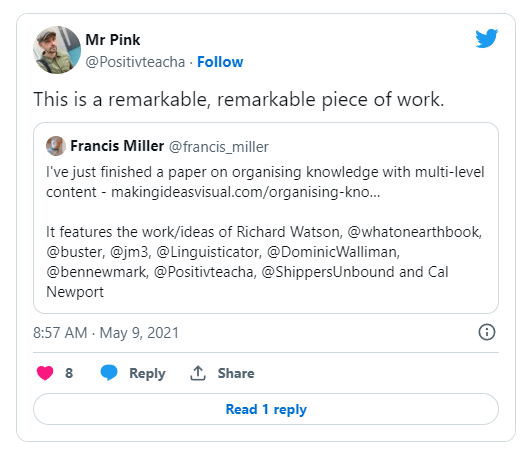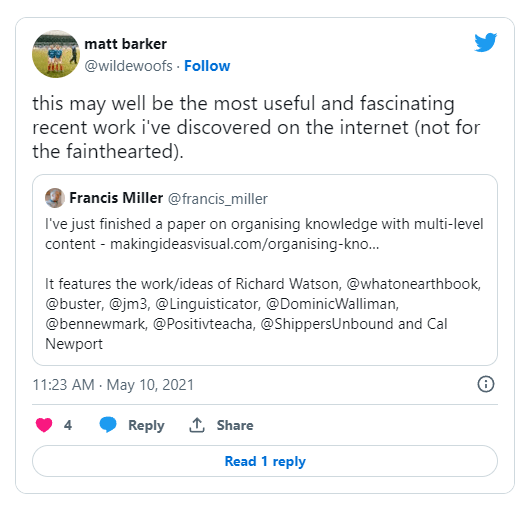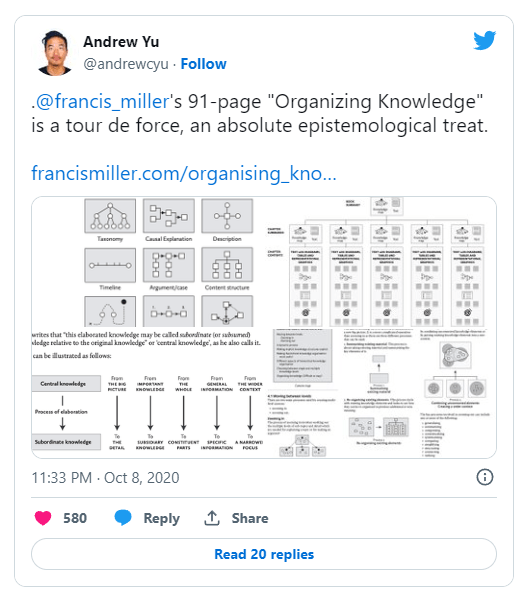Click on any of the topics above to find out more.
When text is organised into complex structures such as non-fiction books, papers or articles, your readers’ understanding of individual sentences and paragraphs doesn’t necessarily transfer into an overall understanding of the whole of your text.
That’s a problem if you have important ideas that you want to communicate to your readers.
This website explores strategies that make text easier for readers to understand and learn from.
The problem
I believe that the challenge of reading longform text is generally underestimated, particularly for readers new to a topic who possess little prior knowledge.
The limitations of working memory means that there are constraints to the amount of complexity readers can deal with at any one time. In addition, the interruptive nature of much reading means readers often return to texts with little memory of what they have already read.
The end result is readers who don’t get to the end of books, who don’t fully engage with the ideas that they are reading about and who get frustrated about how much they remember from the books that they have read.
The solution
Deciding on the right strategies starts with having a clear understanding of what your readers want to learn (or what you want them to learn) — and also what they already know. That means you begin with a clear idea of the task ahead of you.
The strategies I then recommend using include:
- making the structure of the text explicit
- providing multi-level content to help readers navigate the different levels of detail and to facilitate easy preview and review
- capitalising on the computational efficiency of diagrams
- developing particular content sequences that optimise learning
- using relevant devices to capture the attention of your readers.
Main areas of work
My main focus is working with authors of non-fiction books. Many readers complain about problems they have in understanding and remembering the non-fiction books that they read.
However these problems are rarely addressed. We have become so used to the current format of non-fiction books that it’s become hard to envisage an alternative way of doing things.
However that’s exactly what I offer the authors that I work with – a different approach to non-fiction books that draws on the lessons of cognitive psychology and effective knowledge organisation.
I also work with creators of online courses as my methodology can also be applied to online training.
My methodology
I have developed a detailed methodology that I apply to the projects I work on.
There are three key points of difference with many writing models:
1. A focus on understanding more about the target audience including their needs and circumstances – and what the reader goals are.
2. A focus on developing a learning strategy that will help readers get from Point A to Point B – from where they are now to where they want to be, in terms of knowledge and skills.
3. A focus on applying this strategy to all the different aspects of a book’s structure using the knowledge organisation hierarchy.
I believe it’s critical to help writers focus on doing significant preparatory work before they start writing.

Further reading

Organising Knowledge
with Multi-level Content
The paper looks at two of the key problems for learners and those who want to communicate knowledge, which are the problem of structure and the problem of multiple knowledge levels.
To address them, I explain the need for texts to include diagrams that show structure and summaries on different knowledge levels.

In Defence of Summaries: A response to Iain McGilchrist’s critique
There’s an argument that summaries can be detrimental becuase they exclude too much nuance, richness and implicit knowledge.
In this article, I argue that it’s critical that readers have access to both summaries and the detail. That gives them the ability to choose what level of detail that they want.

The power of diagrams
Diagrams can do what text can’t: show the relationship between ideas and concepts at a glance. Diagrams also force writers to condense the complexity of their thinking into a simpler essence.
The article gives examples of some skilled communicators who have used diagrams to explain their ideas.

‘This paragraph is very important’: The role of attention devices in non-fiction books
All books have key passages that readers need to pay attention to if they are to properly understand the meaning of a book.
In this blog post, I argue that it’s important that author highlight these key passage so that readers can’t miss them.
Comments on my Organising Knowledge paper
Subscribe to my newsletter
If you’d like to be kept up-to-date with my work, please subscribe to my newsletter.
Get in touch
Please have a look around the site and read some of the papers, articles and blog posts. Then, if you would like to explore working with me or have any questions or comments, do send me a message.





